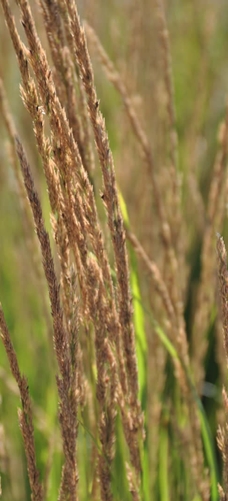Naturalize in an area that has poor soils.
Morus alba
White Mulberry
Tips for Homeowners:
Prune in late fall or winter when dormant when sap does not bleed. The fruit and droppings from the birds who most love the fruit can be a nuicance and especially a problem if tree is located near drive ways or sidewalks so cleanup could be an issue. Seedlings have a shallow root system that is easily pulled in order to reduce the spread or colonization. Some tip dieback can occur in severe winters.
Rate this Plant:

Tough tree that tolerates poor soils and drought.
- Tough and durable
- Yellow fall color
- Fruit is edible, especially by the birds
Interesting Notes about White Mulberry:
This tree took hold in the U.S. in colonial times as an attempt to establish the silk industry because it was discovered the leaves are the main diet of the silkworm. As a result the tree took hold and became somewhat invasive where the silk production never happened to any large degree. A tree with male and female flowers on separate trees most of the time (sometimes both on the same tree) requires that flowers from the male tree pollinate the flowers on the female tree that produces fruit. If fruit is not desired be sure to plant male types.

Characteristics & Attributes
Attributes:
- Naturalizing
- Edible
- Heat Tolerant
- Drought Tolerant
Foliage Color:
- Yellow
- Green
Exposure:
- Full Sun
Attracts Wildlife:
- Attracts Songbirds
Critter Resistance:
- Rabbit Resistant
- Deer Resistant
Habit:
- Upright
Soil Moisture:
- Average Water
- Dry Soil


